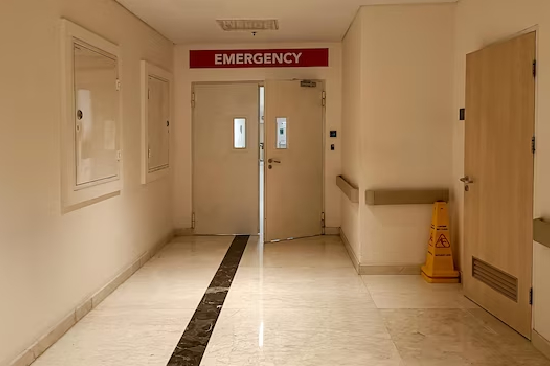- info@healthandfitnessbenefits.com
- +(417) 889-1088
In the field of Health and Fitness Benefits, crises can occur at any time, and when they do, having access to quick, competent care can mean the difference between life and death. People who are experiencing severe injuries, life-threatening illnesses, or unexpected health emergencies might benefit from emergency care services, which are meant to provide quick and specialized medical assistance. This blog will examine the significance of emergency care services to Health and Fitness Benefits, the range of services they provide, and how they save lives.
The core of Health and Fitness Benefits is urgent care, which offers people in dire situations rapid, life-saving care. Emergency care services are vital to saving lives and safeguarding public safety, whether they are responding to accidents, medical crises, or natural disasters. In both the Health and Fitness Benefits system and the larger society, they are vital because of their knowledge, quick reactions, and commitment to patient welfare.

Time Sensitivity: When a person's life is in danger, time is of the essence. The ability to respond quickly and take action might be the difference between irreparable injury and survival.
Acute Medical Care: From heart attacks and strokes to trauma and serious injuries, ambulances are prepared to address a wide spectrum of acute medical disorders.
Public safety: Emergency services support public safety by providing prompt and adequate care, therefore minimizing the effects of emergencies on society.
Community Resilience: An effective emergency care system boosts community resiliency by guaranteeing that people have access to assistance in times of need.
Assessment and triage: Patients are evaluated upon arrival or contact to ascertain the seriousness of their ailment and the best course of action.
Stabilization: If required, emergency medical professionals stabilize patients by performing life-saving procedures including CPR, intubation, or hemorrhage management.
Diagnosis and Treatment: Diagnostic procedures are carried out to identify the emergency's underlying cause after the patient has been stabilized, and therapies are then started.
Transfer or Admission: Patients are either moved to a higher level of treatment (for example, from an urgent care center to an ED) or admitted to the hospital, depending on the severity of the ailment.
Follow-up Care: After the acute period, patients may need follow-up care, which may include continuing therapy, physical therapy, or expert consultation.
Ambulance Services: Ambulance services are a part of EMS, and they are provided by paramedics and EMTs. In addition to providing pre-hospital treatment and transporting patients to hospitals, they also react to emergency calls.
Emergency Physicians: Medical experts that specialize in treating medical crises include emergency physicians.
Emergency Nurses: Nurses at the emergency department (ED) offer rapid care, give prescriptions, and help with tests and treatments.
Trauma Care: Level I trauma facilities are equipped to offer cutting-edge treatment for serious wounds and trauma situations.
Air Ambulance: Patients are transported to medical institutions from distant or inaccessible regions using helicopters and fixed-wing aircraft.
Telemedicine in Emergencies: Telemedicine services are often used to link patients in rural or underserved locations with medical specialists for a preliminary evaluation and recommendation.
Emergency Preparedness Teams: Specialized response teams are sent in to offer medical treatment, evacuation, and disaster management during natural disasters, pandemics, or other catastrophes.